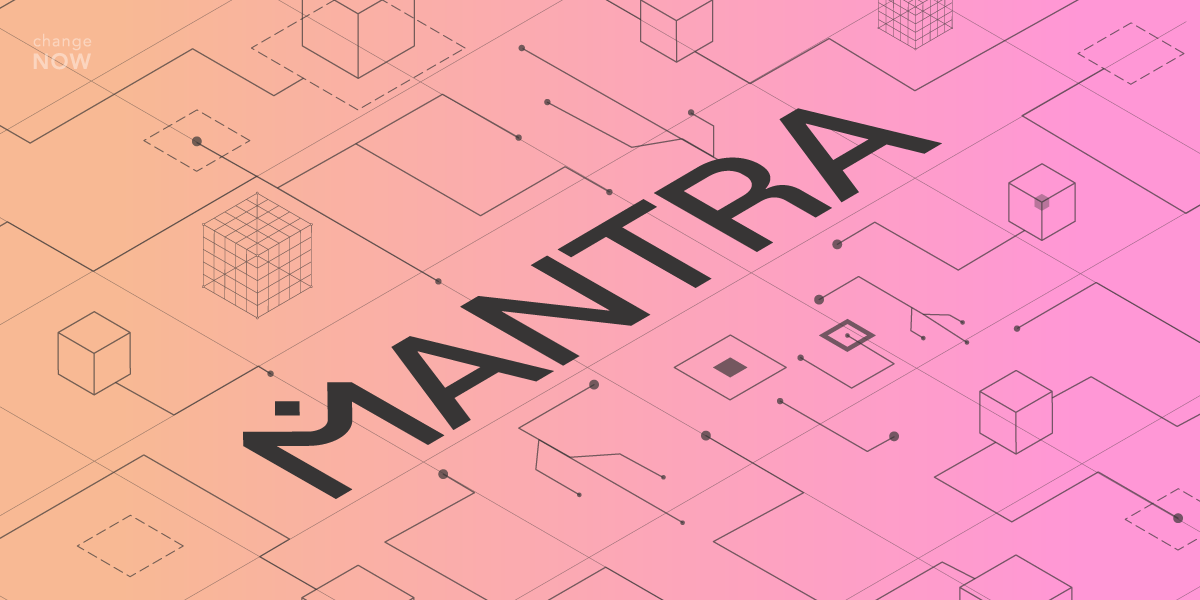In 2017, during the first real crypto boom, it seemed we were on the verge of mass acceptance of cryptocurrencies and their widespread use as a payment means would begin. But this has not happened yet – although there has of course been some progress. What else needs to be done?
A question I hear constantly when talking to people who have never used cryptocurrencies is: “How can I use it to buy bread in a store?” So a person can’t use, say, LTC as a means of payment – and no longer sees any value in it (security issues, for example, do not even come up in a conversation at this stage). You have to explain that, actually, you cannot buy bread with foreign currency either – but this does not mean that it has no value.
However, this is actually a very acute issue. People who have already gotten used to cryptocurrencies and adapted to the crypto world quickly lose touch even with those who still don’t have a crypto wallet, let alone the ones who don’t understand the workings of the blockchain at all.
However, for a truly universal use of cryptocurrencies, those already in the market need to understand certain things: How do consumers actually want to use cryptocurrencies? How do ordinary people see crypto, what do they want to get from using it and what are their concerns?
There is already some sociological data on the topic. So far, we have the results of a joint study by PYMNTS and BitPay, which analyzed the consumer interest in cryptocurrencies and the prospects for their use as payment means.
The main conclusion of the research is that consumer interest in cryptocurrencies continues to grow. Firstly, due to the FOMO factor (fear of missing out on a potential investment opportunity), and secondly, cryptocurrencies interest people as an alternative to fiat money when paying for retail purchases.
The polling showed that 16% of Americans have at one point owned cryptocurrencies. 29% of those surveyed plan to purchase some kind of tokens or coins, regardless of whether they already own any or not. Also, most of the consumers surveyed (including those who do not own crypto) are going to use cryptocurrency to make purchases. Those who have already purchased something with crypto coins spent it on real estate, jewelry, food, online games, and online broadcasts. (Pretty unexpected answers, aren’t they?)
57% of cryptocurrency owners have used them at least once over the past year to make a purchase. 59% of those who have never owned cryptocurrencies are interested in using them as a payment method in the future. Those consumers perceive crypto as a secure and convenient payment means.
No less important for people was the ability to transfer money using cryptocurrencies – quickly, quietly and with negligible fees. Two-thirds of current and former owners have bought cryptocurrency with the aim of making transactions, and 93% plan to use this opportunity in the future.
As for the age and gender breakdown, the cryptocurrency owners are mostly middle class young men. 16% of all middle-income (from $ 50 thousand to $ 100 thousand annually) consumers already own cryptocurrencies. 28% of millennials own or have owned at least one of the cryptocurrencies in the past, as compared to 17% of Gen X and 5.2% of baby boomers.
78% of millennials who do not yet own cryptocurrency are interested in using it for purchases in the future, and among the Generation Z the figure is as high as 82% This way they would like to pay for travel and leisure (62%), real estate (60%), professional services (58%), furniture and appliances (57%), financial services (56%).
The peculiarity of crypto use at this stage is all the small impulse purchases. Almost half of cryptocurrency owners use it for purchases under $ 100. 31% already buy with crypto in the range from $ 100 to $ 1000, and 19% – for sums over $ 1000. Here, the older people are more likely to use cryptocurrency for more expensive purchases.
Finally, almost three quarters of consumers consider cryptocurrencies an investment tool, but do not exclude their use for purchases.
It is fascinating to look at the distribution of specific cryptocoins. 82% of cryptocurrency holders own BTC, 69% own altcoins. 26% of cryptocurrency holders now have only bitcoins, and 46% have bitcoins and some other altcoin. Among those who do not own BTC, 72% still consider it the most significant cryptocurrency.
So here is the key question: what prevents the widespread use of crypto? As it turned out, 92% of those who do not own cryptocurrencies have heard of them. 75% are afraid to use them, as they lack relevant knowledge (about cryptocurrency and the blockchain, the question of how to get crypto and what are the tax liabilities). Another 34% do not want to get involved with cryptocurrencies simply because they are not accepted everywhere.
Now that is where we come to a paradox: people are willing to pay with crypto – but shops aren’t so eager to accept it.
The study has highlighted one of the key factors that make cryptocurrencies attractive to consumers – the ease of making transactions. 55% of cryptocurrency owners comfortably pay for online purchases in cryptocurrency. 51% of crypto owners, according to the study, are more likely to make a purchase from shops that accept cryptocurrency as payment, and 47% are specifically looking for such stores.
Unfortunately, today there are still too few places that accept coins and tokens as payment, despite the high interest from consumers. Nevertheless, one can expect that consumer demand will still “push through” the resistance of sellers. At this point, in developed countries, purchases paid for using cryptocurrency account for less than 1% of retail sales, but in developing countries it is already a full 1% or even higher.
To summarize. Most people need to get crystal clear answers to the questions:
– what benefits will I get by using cryptocurrencies instead of fiat money?
– where and how can I pay with cryptocurrency in everyday life?
– is there any evidence that cryptocurrencies are not a pyramid scheme?
– what about the incredible volatility of bitcoin and altcoins?
– what will happen to my money if the government suddenly prohibits cryptocurrencies?
These questions may seem naive, or even stupid, to you and me, we must understand: until they get direct, clear and simple answers, there is no point talking about the mass use of cryptocurrencies as a payment means.



